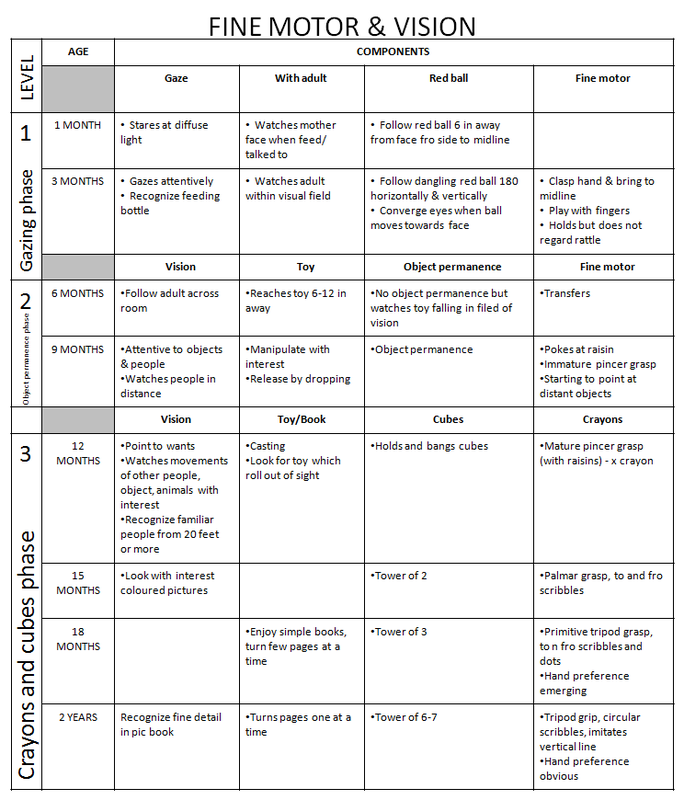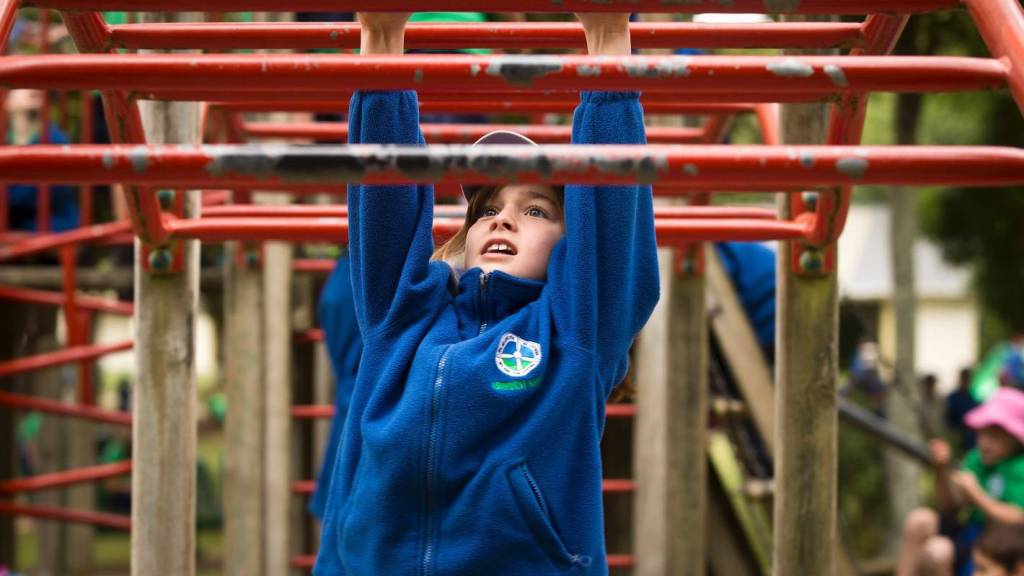
While perusing Instagram one day, I ran into this awesome activity idea by @play.and.learn.activities. I couldn’t help but become a huge fan of this simple idea of using everyday home items to create a developmental play and learn activity. In the picture you’ll see what looks like a tray filled with toys and a yarn web to make it more challenging for the little one to retrieve the toys. However, as a pediatric occupational therapist, my brain got super excited at the many developmental skills this activity addresses and the different ways to upgrade and downgrade this activity to customize it to different children’s abilities. To upgrade and downgrade an activity means to make the task more difficult (upgrade) or more easy (downgrade).
The pure thought process of thinking of what developmental milestones and functional skills are addressed in a specific activity, and how to upgrade/downgrade the activity is called “task analysis” in the OT world. It’s such an integral part of our profession, and what sets us OTs apart from other therapies, that my grad school program had an entire class designated to teach us this important skill. While it’s been a while since I’ve done a detailed task analysis for an activity like I did in grad school, it’s still a thought process I use everyday to determine my daily treatment activities.
For this particular activity, I love how the baby has to maintain an appropriate upright sitting posture, which is difficult for babies with lower tone and core strength to be able to do. In this picture, you see the baby stabilize sitting up by using the non-working arm as a support, thus helping to bear weight and strengthen this arm, while the working hand is reaching into the tray to retrieve toys. Notice that I didn’t say dominant and non-dominant hand because at this young age, there is no expectation of hand dominance being established. In fact, developmental speaking, babies are learning to use both hands collaboratively and interchangeably. Hand preference begins around ages 2-4, but hand dominance is not established until about 6 years of age. Visual processing and motor planning is addressed in this activity by looking at a target toy, planning how to approach the toy, and managing the retrieval of toy through the “web”. Fine motor strength and skill is addressed with the type of grasp and ability to maintain grasp until the toy is pulled out.

To upgrade this activity: -add more webbing -use smaller toys -use tools for retrieval (ex: tongs, scoop, chopsticks) -extend play opportunity by retrieving puzzle pieces or snap together toys
To downgrade this activity: -use less webbing -use less toys -use bigger sized toys,
In case you need some supplies to get you started, here are affiliated links for products that will get you started on creating your own version of this fun activity. All of the toys listed below can also be used in other creative play schemes as well. Please comment if you’d like more informational posts about task analysis, pediatric occupational therapy, or more developmental play ideas. Enjoy!







